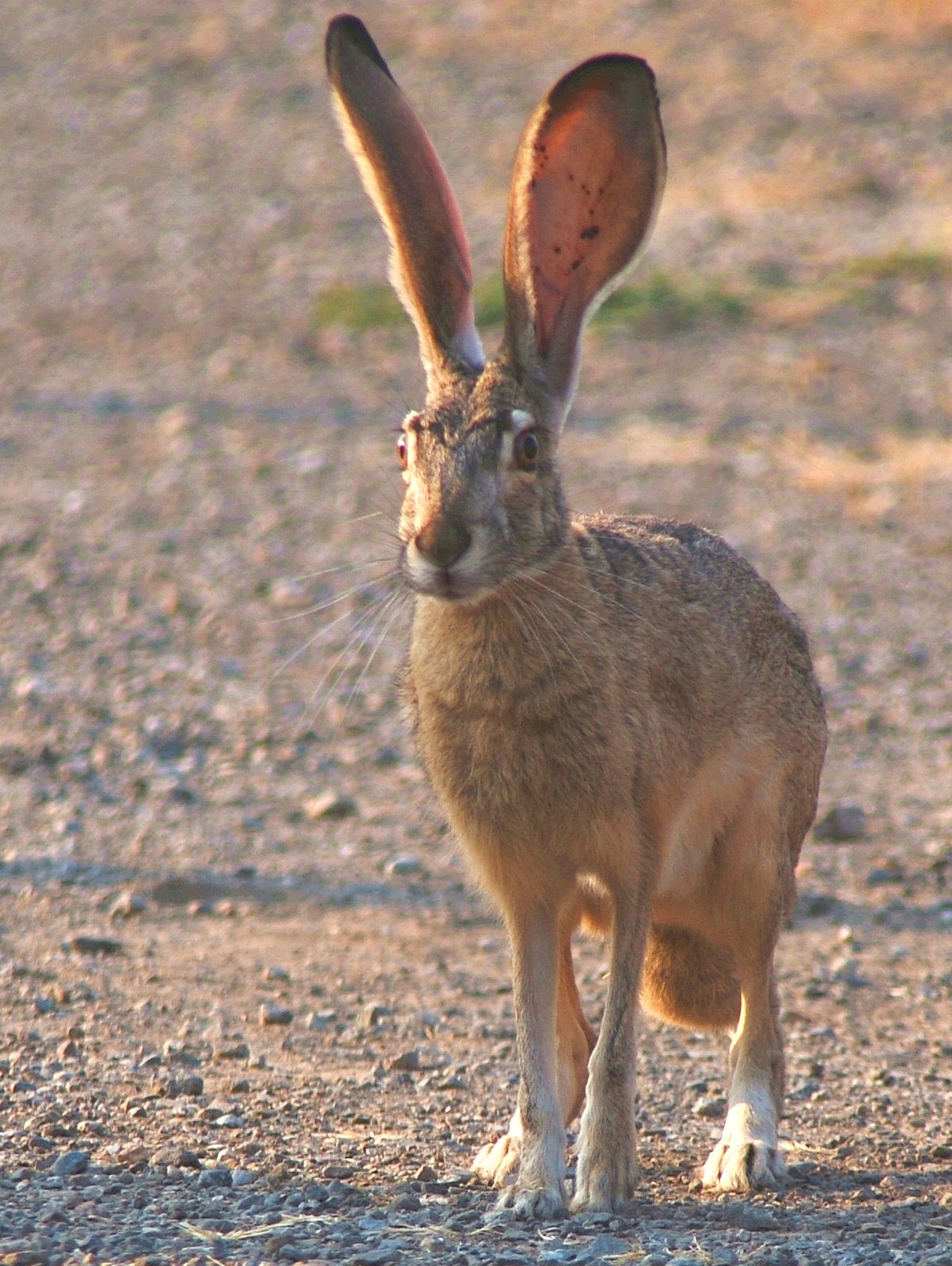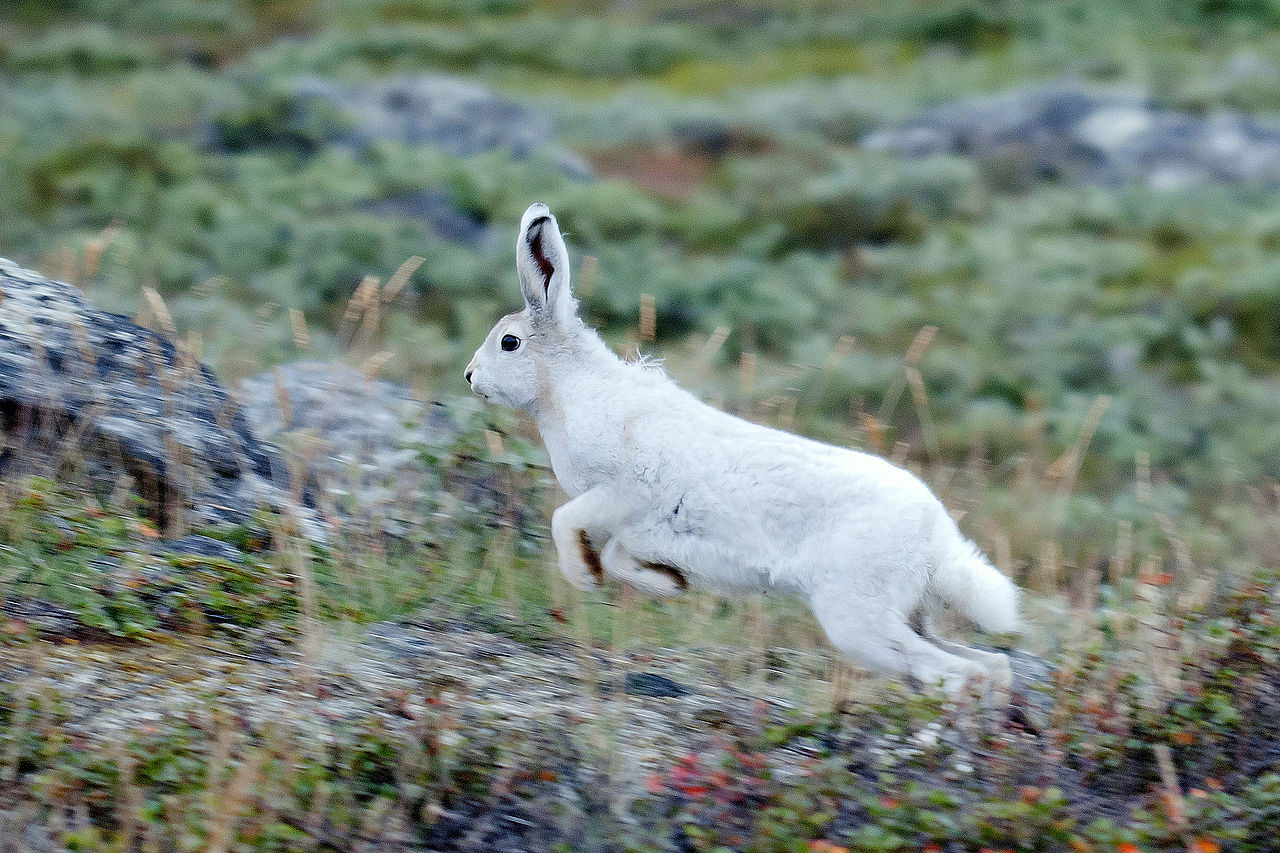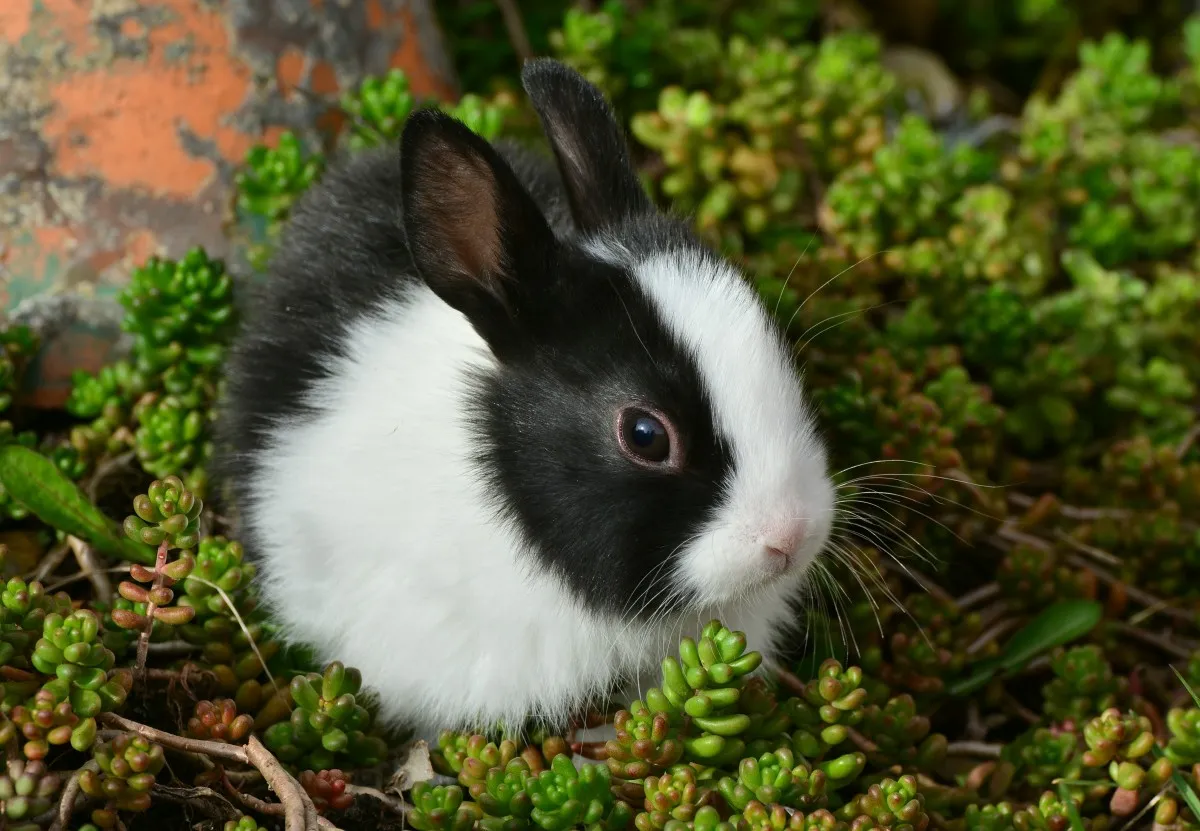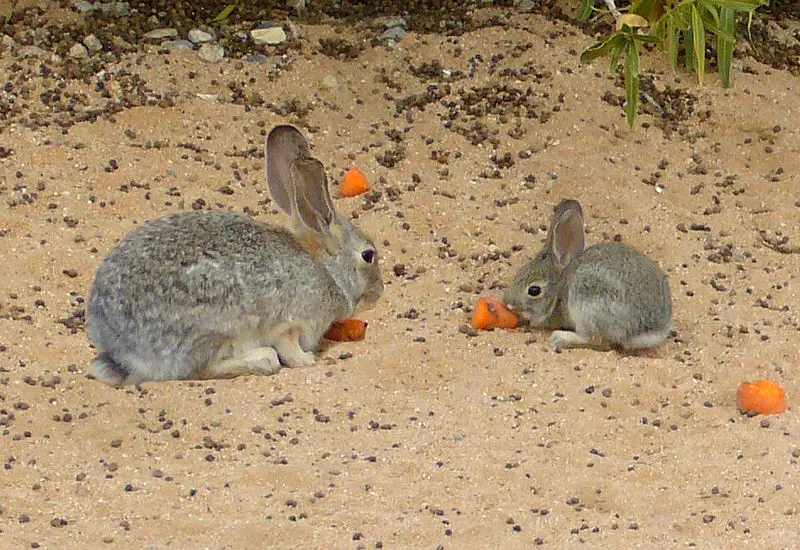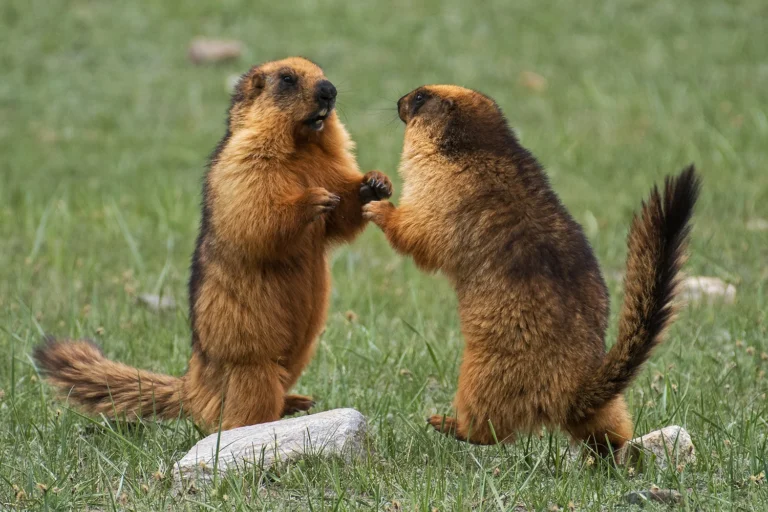Rabbit Vs Bunny Difference and Similarity Discussed
Rabbits and bunnies, belonging to the Leporidae family, are often used interchangeably, yet nuances exist between the two terms. A comprehensive exploration of these differences sheds light on the varied features of these adorable lagomorphs.
I. Physical Characteristics:
– Bunnies are frequently associated with young rabbits, emphasizing their smaller size and cuteness. In contrast, the term “rabbit” is employed more formally to denote fully grown members of the species. This distinction underscores the influence of age on their classification.
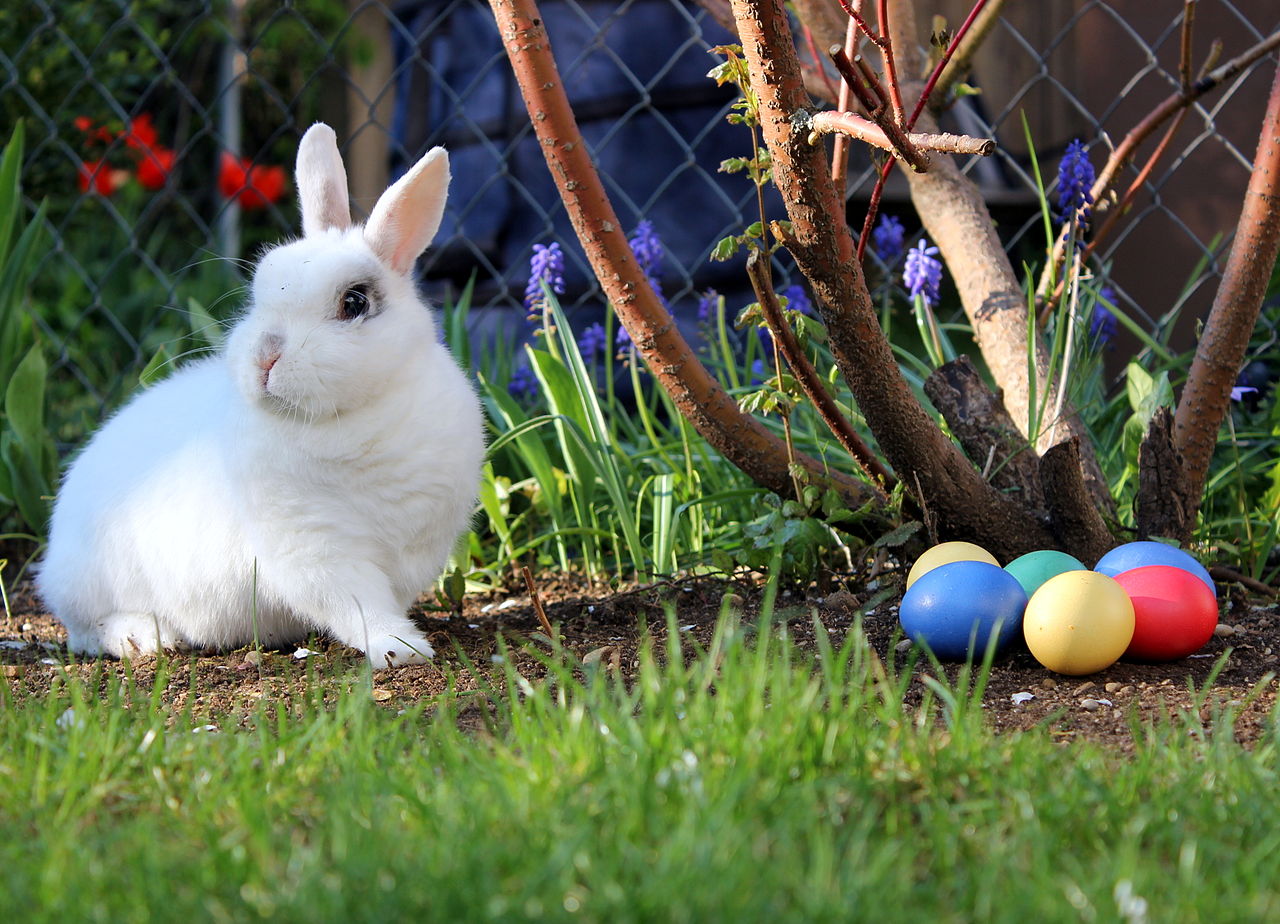
II. Color and Appearance:
– While both rabbits and bunnies share similar colorations and features, the term “bunny” is often linked with youthful individuals. Young rabbits may be called kittens or bunnies, highlighting the endearing perception associated with this term.
III. Scientific Insights:
– Scientifically, rabbits and bunnies are recognized as the same species. The utilization of “bunny” as a colloquial, endearing name underscores the informal nature of this term. This differentiation elucidates the dual nomenclature within both scientific and informal contexts.
IV. Behavioral Nuances:
– Despite linguistic differences, rabbits and bunnies exhibit similar behaviors. Both terms refer to members of the Leporidae family, emphasizing shared characteristics such as long ears, powerful hind legs, and a divided upper lip.
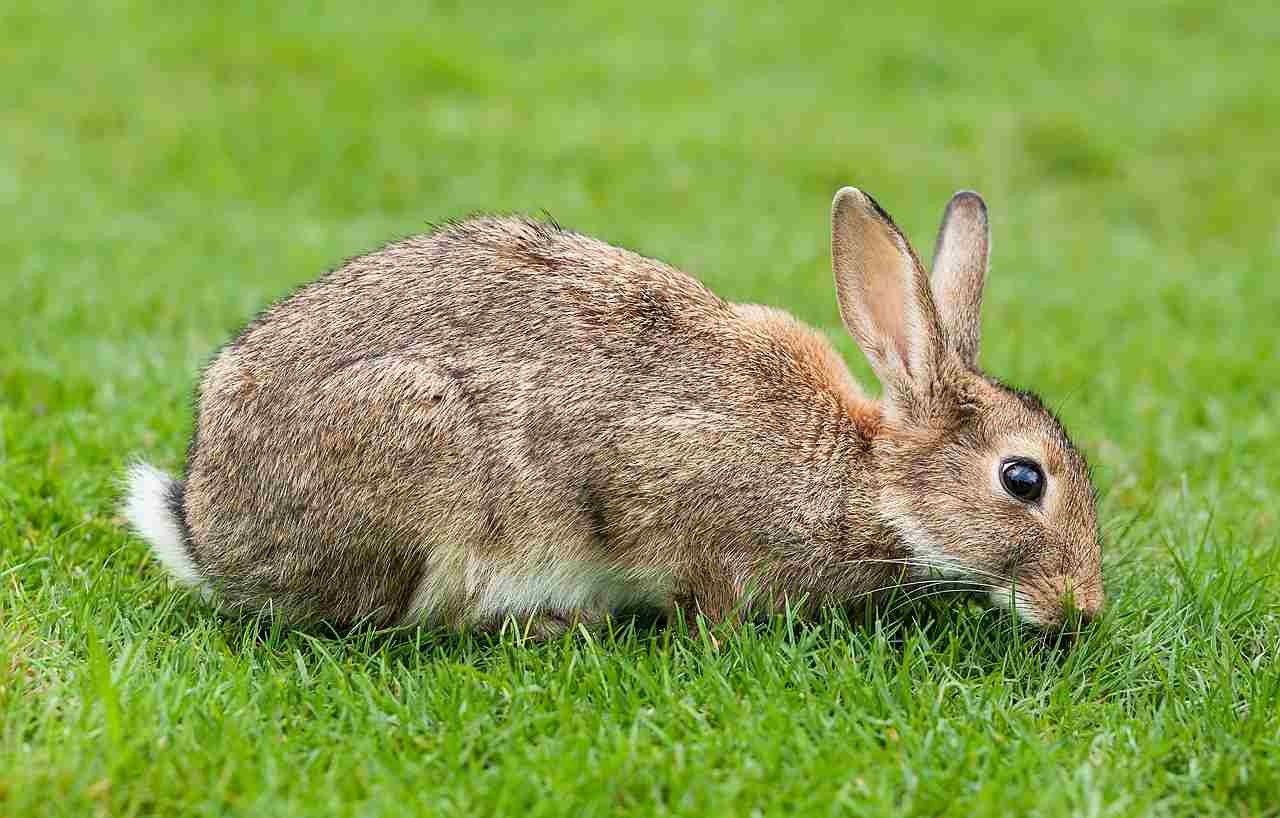
V. Cultural Perceptions:
– Popular culture often associates “bunny” with smaller, cuter connotations, while “rabbit” may evoke a more mature image. These cultural perceptions influence how individuals colloquially refer to these endearing creatures.
*Details of Comparison
| Criteria | Rabbits | Bunnies |
| Appearance | Streamlined body, longer ears, variable fur coloration |
Compact and cute with larger eyes and ears, softer fur
|
| Size | Varying adult sizes, 8 to over 20 inches excluding tail |
Considerably smaller during the young stage, a few inches to around 8 inches
|
| Weight | Adult weights vary, e.g., European rabbits 2-5 pounds |
Significantly lighter during the young stage, often measured in ounces
|
| Dentition and Bite Force | Herbivorous with specialized incisors, adapted for cutting vegetation |
Develop herbivorous dentition during the bunny stage
|
| Physical Offensive Advantages | Sharp claws, strong hind legs, potential for territorial aggression |
Limited physical offensive capabilities due to small size
|
| Physical Defensive Advantages | Quick and agile, enhanced sense of hearing |
Relies on mother and concealed nests for defense during the young stage
|
| Speed | Up to 35 mph in short bursts |
Limited mobility during the bunny stage
|
| Agility | Extremely agile with swift jumps |
Develops agility during play in the bunny stage
|
| Senses | Excellent hearing, well-developed eyesight, limited sense of smell |
Senses still developing during the bunny stage
|
| Overall Physical Capacity | Well-adapted for swift movement, specialized for herbivorous feeding |
Physically less developed, limited mobility
|
| Habitat Preference | Diverse habitats, global distribution by species |
Initially concealed in nests in various habitats
|
| Tracks | Distinctive tracks with large hind and smaller front footprints |
Smaller and less pronounced tracks
|
| Lifespan | Average lifespan 1 to 10 years |
Vulnerable during the young stage, higher mortality rates
|
| Mode of Feeding | Herbivorous diet, specialized digestive system |
Initially reliant on mother’s milk
|
| Intelligence | Social intelligence, problem-solving skills |
Limited cognitive abilities during the bunny stage
|
| Social Behavior | Social animals, live in groups, exhibit grooming and territorial behaviors |
Initially dependent on the mother for social interactions
|
| Mode of Reproduction | High reproductive rate, short gestation, multiple litters per year |
Refers to the young stage, not a distinct reproductive category
|
| Parental Behavior | Maternal instincts, limited paternal involvement |
Dependent on the mother for protection and nourishment
|
| Proximity to Human-Inhabited Areas | Can adapt to urban environments |
Initially concealed, later may be found in areas close to humans
|
| Behavior Toward Humans | Range from avoidance to domestication |
Curiosity, dependence on the mother for protection
|
| Danger Posed to Humans | Generally pose no direct danger, may carry diseases |
Not dangerous, rely on the mother for protection
|
| Associated Precautions | No special precautions, avoid direct contact |
Precautions apply, especially during encounters with adult rabbits
|
| Conservation Status | Varies by species, influenced by habitat loss or hunting |
Not separately assessed, conservation considerations mainly for adult rabbits
|
1. Taxonomy:
Rabbit:
Kingdom: Animalia
Phylum: Chordata
Class: Mammalia
Order: Lagomorpha
Family: Leporidae
Genus: Oryctolagus (European rabbit) / Sylvilagus (cottontail rabbits)
Species: Various, e.g., O. cuniculus (European rabbit), S. floridanus (Eastern cottontail).
Bunny:
Informally used for young rabbits, hence falls under the same taxonomy as rabbits.
Note: The taxonomy is generally consistent for both rabbits and bunnies, with specific variations based on species.
2. Appearance:

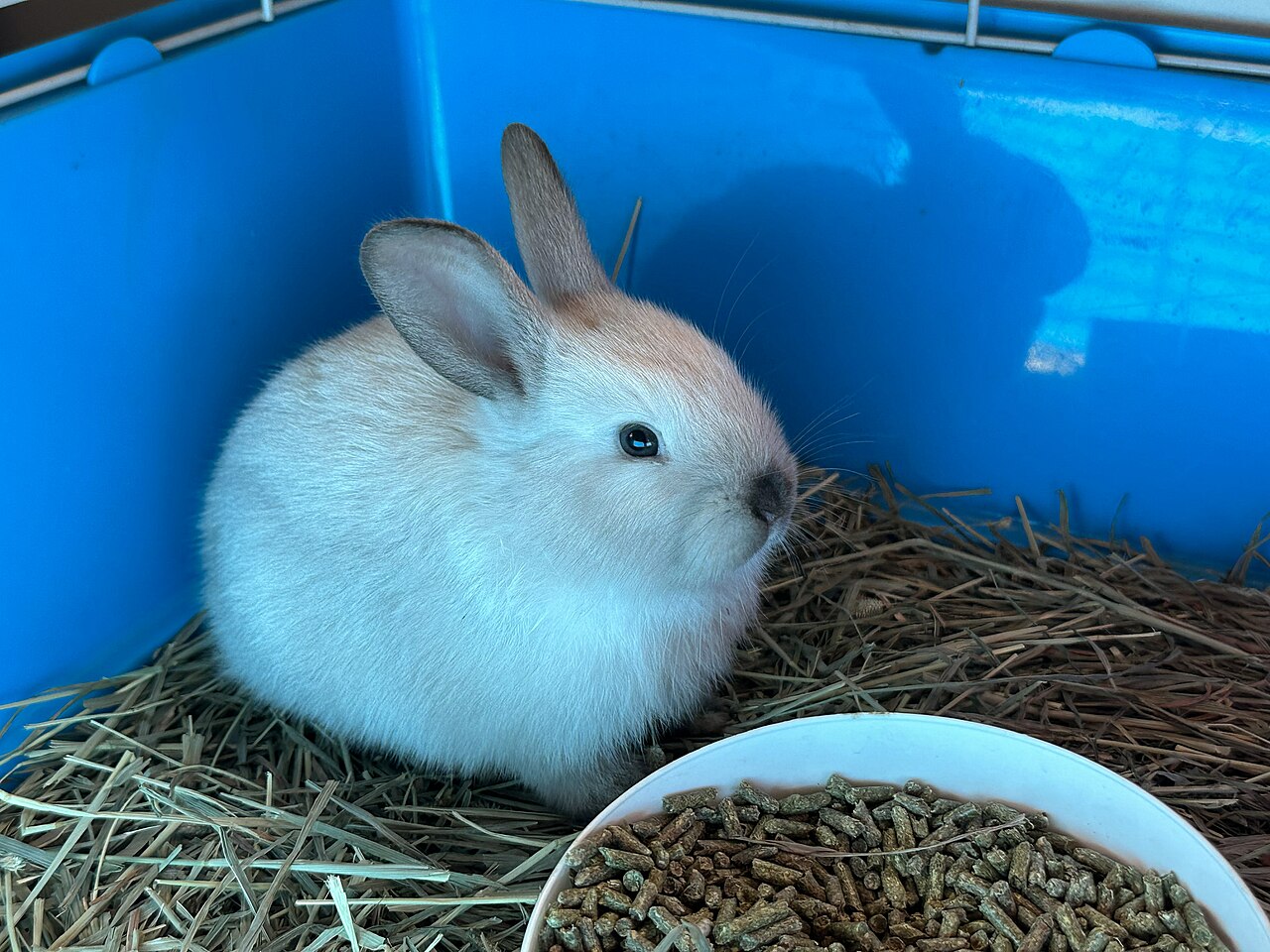
Rabbit:
Typically characterized by longer ears and a more streamlined body.
Fur coloration varies, adapting to the environment for camouflage.
Distinctive long hind legs adapted for rapid movement.
Bunny:
Refers informally to the young stage of rabbits.
Possesses a cute and compact appearance with proportionally larger eyes and ears.
Fur may be softer and fluffier during the bunny stage.
Comparison:
Adult rabbits and bunnies differ in size and proportions, with rabbits exhibiting more mature features.
Both share a coat that adapts for camouflage, aiding in survival.
Ecological Implications:
Rabbit’s streamlined appearance aids in swift movement, essential for escaping predators.
Bunny’s cute features may invoke protective instincts in adult rabbits, contributing to offspring survival.
3. Size:
Rabbit:
Adult sizes vary among species, ranging from small cottontail rabbits to larger European rabbits.
Length: Varies from about 8 inches (20 cm) to over 20 inches (50 cm) excluding tail.
Bunny:
Size is significantly smaller during the young stage.
Length: Generally a few inches to around 8 inches (20 cm) or less.
Comparison:
Adult rabbits are notably larger than their bunny counterparts.
Ecological Implications:
Size affects agility and ability to navigate specific habitats.
Smaller size during the bunny stage may reduce visibility to predators.
4. Weight:
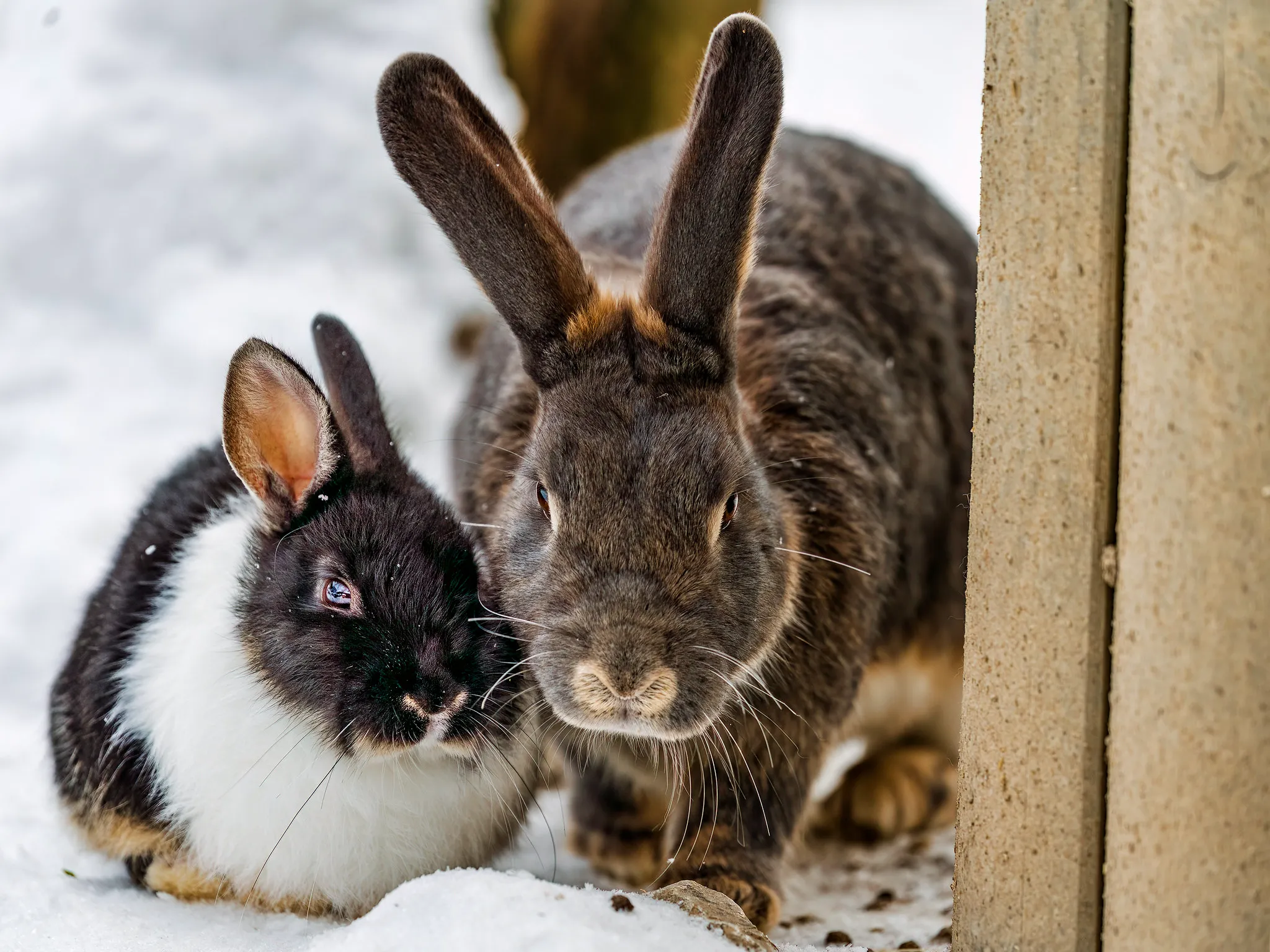
Rabbit:
Adult weights vary; for example, European rabbits can weigh between 2 to 5 pounds.
Bunny:
Weights during the young stage are considerably lighter, often measured in ounces.
Comparison:
Adult rabbits are substantially heavier than bunnies.
Ecological Implications:
Weight influences factors like energy consumption, foraging patterns, and susceptibility to predation.
5. Dentition and Bite Force (PSI):
Rabbit:
Herbivorous with specialized incisors for efficient plant consumption.
Bite force varies but is generally adapted for cutting through vegetation.
Bunny:
Develops incisors during the bunny stage, aligning with the herbivorous diet.
Comparison:
Both rabbits and bunnies possess herbivorous dentition, crucial for their plant-based diet.
Ecological Implications:
Herbivorous dentition plays a key role in shaping the ecosystem by influencing vegetation dynamics.
6. Physical Offensive Advantages:
Rabbit:
Sharp claws and strong hind legs for kicking.
In some species, males may engage in aggressive behaviors during territorial disputes.
Bunny:
Limited physical offensive capabilities due to small size and underdeveloped features.
Comparison:
Adult rabbits, particularly males, can exhibit more pronounced physical offensive behaviors compared to bunnies.
Ecological Implications:
Aggressive behaviors contribute to establishing territories and hierarchical structures within rabbit communities.
7. Physical Defensive Advantages:
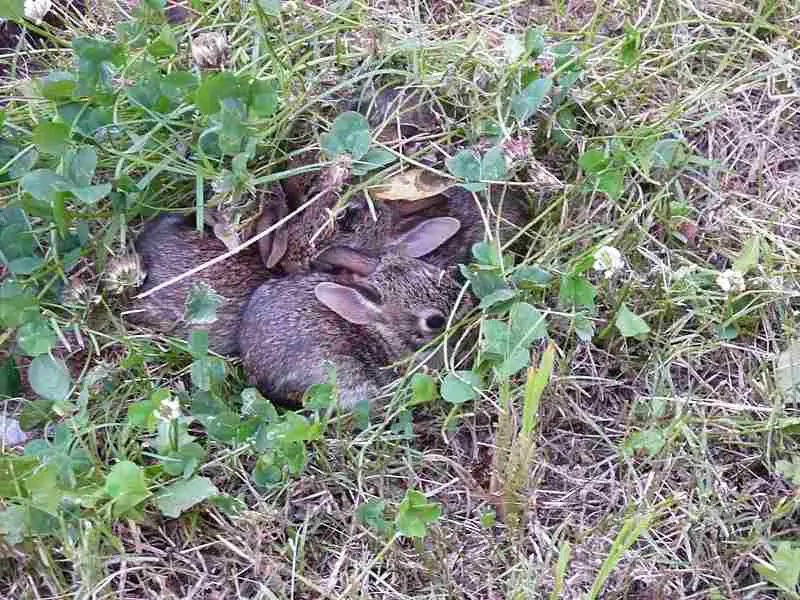
Rabbit:
Quick and agile movements for evading predators.
Enhanced sense of hearing to detect potential threats.
Bunny:
Relies heavily on the mother and concealed nesting sites for defense during the vulnerable bunny stage.
Comparison:
Adult rabbits possess advanced defensive mechanisms compared to the relatively defenseless bunnies.
Ecological Implications:
Defensive adaptations aid in survival and contribute to the overall population dynamics within ecosystems.
8. Speed (Km/hour or Mile/hour):
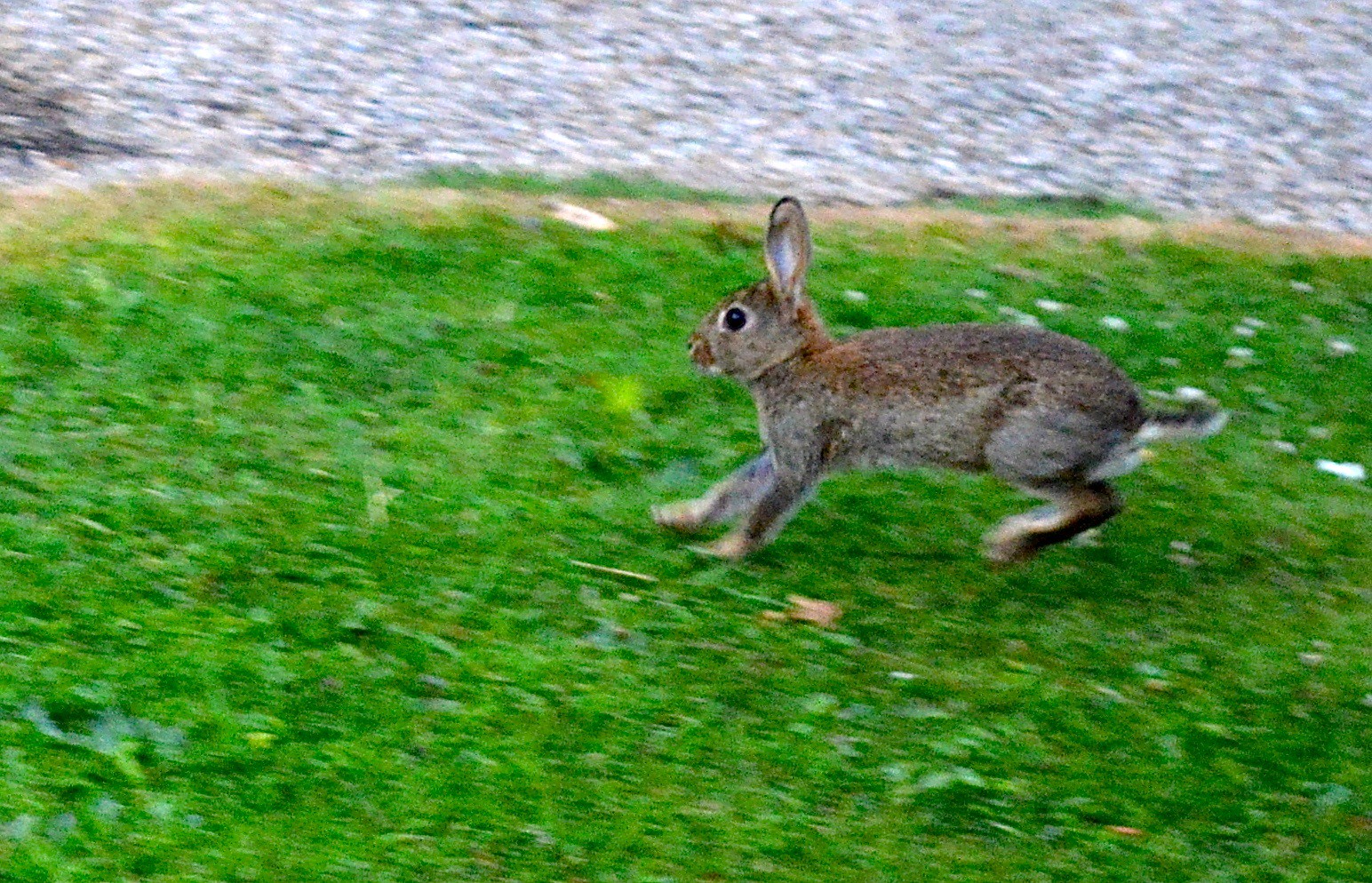
Rabbit:
Can reach speeds up to 35 mph (56 km/h) in short bursts.
Bunny:
Limited mobility during the bunny stage; relies on concealment and maternal protection.
Comparison:
Adult rabbits exhibit significantly higher speeds than bunnies.
Ecological Implications:
High-speed capability is a crucial escape mechanism from predators, influencing predation dynamics.
9. Agility:
Rabbit:
Extremely agile, capable of sudden changes in direction.
Agile hind legs facilitate swift jumps.
Bunny:
Develops agility during play in the bunny stage but not as refined as in adult rabbits.
Comparison:
Adult rabbits showcase superior agility compared to bunnies.
Ecological Implications:
Agility enhances the ability to navigate complex habitats, escape predators, and locate food sources.
10. Senses:
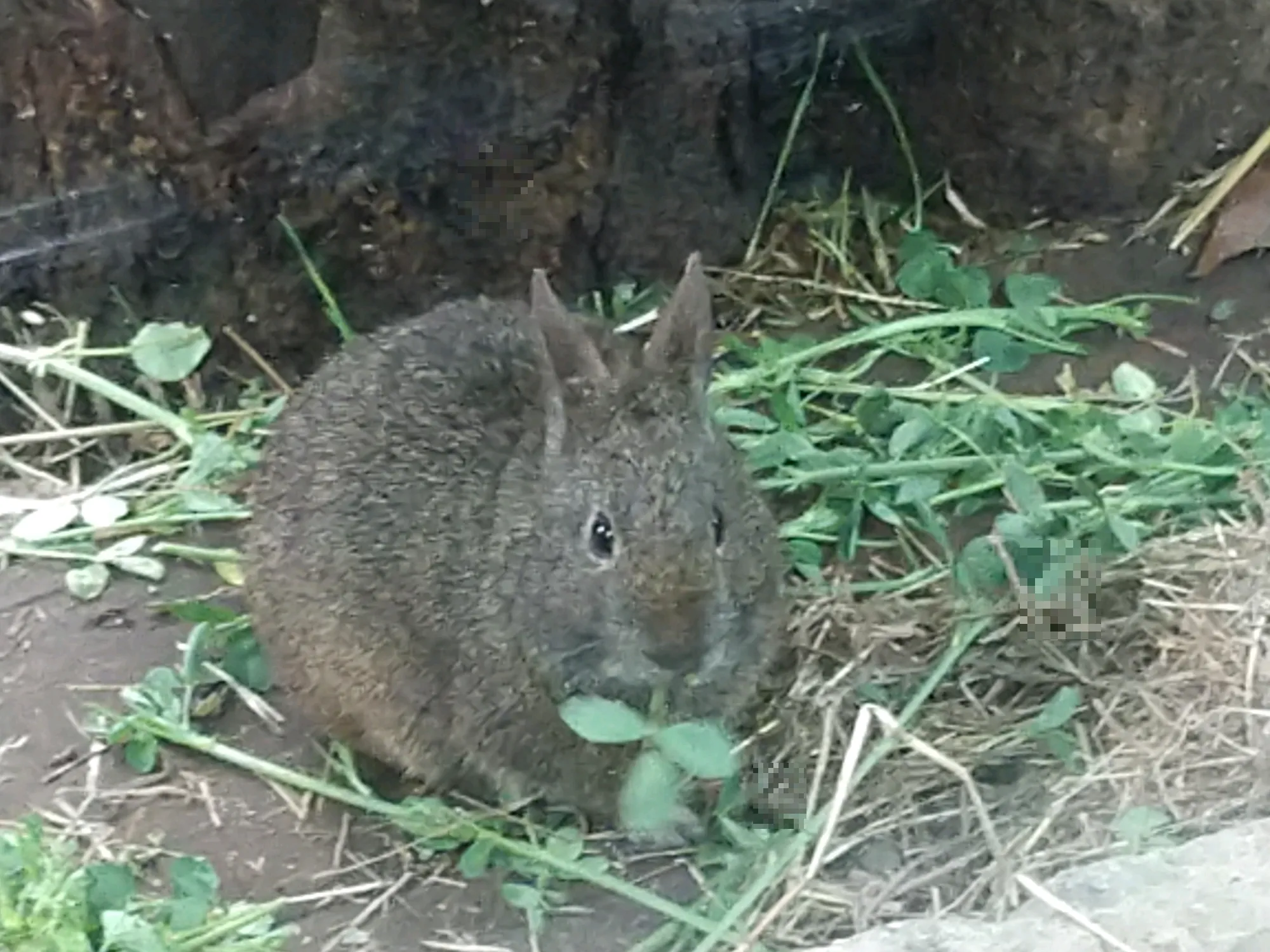
Rabbit:
Excellent sense of hearing, crucial for detecting predators.
Well-developed eyesight with a panoramic view.
Limited sense of smell compared to other mammals.
Bunny:
Senses are still developing during the bunny stage, relying heavily on the mother’s protection.
Comparison:
Adult rabbits have fully developed senses, while bunnies are in the early stages of sensory development.
Ecological Implications:
Enhanced senses contribute to survival by detecting potential threats and locating food sources.
11. Overall Physical Capacity:
Rabbit:
Well-adapted for swift movement and agile navigation.
Specialized features for efficient herbivorous feeding.
Bunny:
Physically less developed than adult rabbits, with limited mobility and smaller body size.
Comparison:
Adult rabbits demonstrate a higher overall physical capacity than bunnies.
Ecological Implications:
Physical capacity influences foraging efficiency, reproductive success, and overall fitness within their ecological niche.
12. Habitat Preference(s) and Geographic Region:

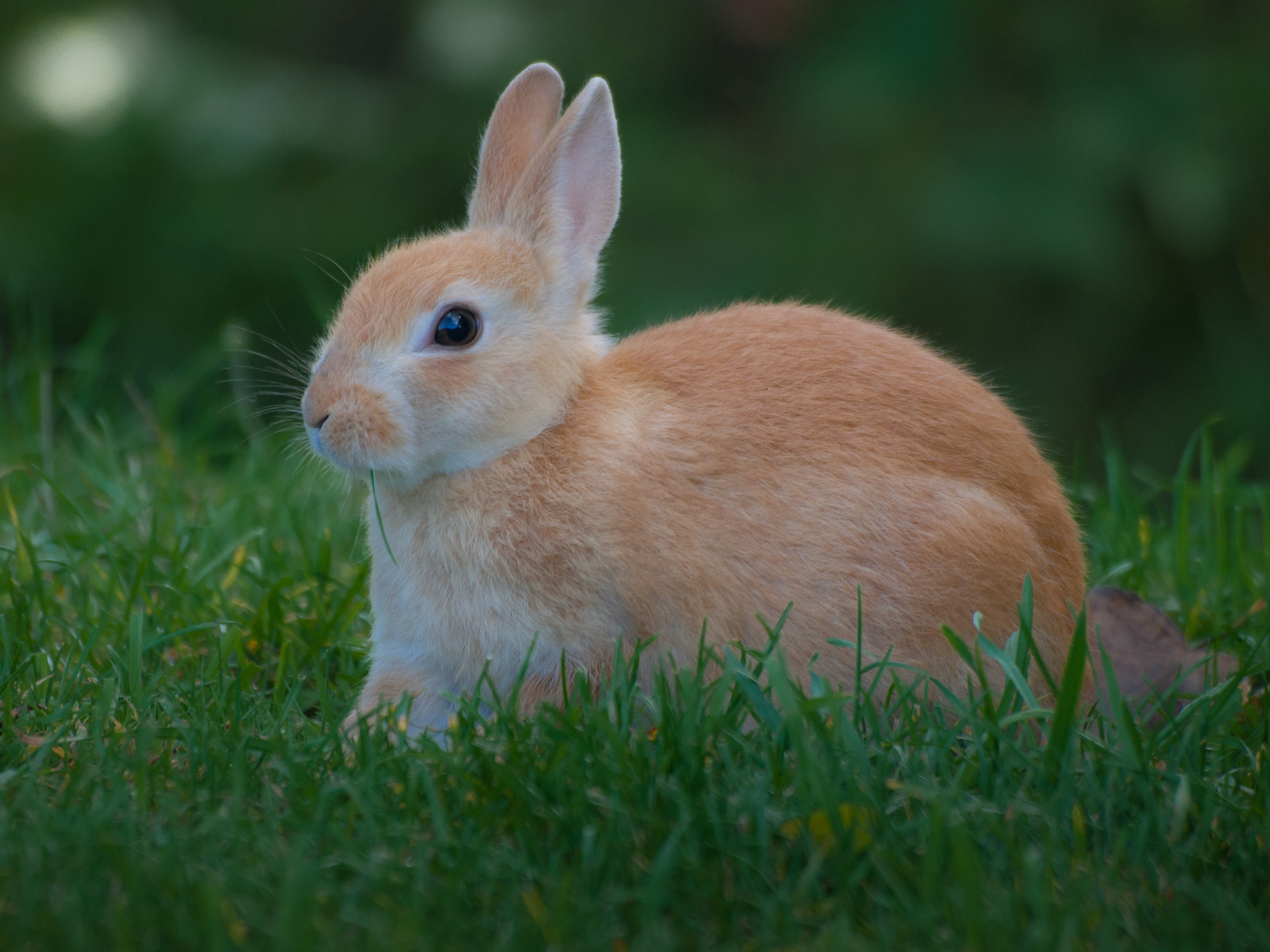
Rabbit:
Diverse habitats, including grasslands, forests, and urban areas.
Geographic distribution varies by species; European rabbits are found in Europe, while cottontail rabbits are common in North and South America.
Bunny:
Initially inhabits concealed nests in various habitats under the mother’s protection.
Comparison:
Both rabbits and bunnies exhibit adaptability to various habitats, but bunnies initially rely on concealed nesting sites.
Ecological Implications:
Habitat preferences influence their role in shaping ecosystems and interactions with other species.
13. Tracks:
Rabbit:
Distinctive tracks characterized by a pair of large hind footprints and smaller front footprints.
Often visible in soft soil or snow.
Bunny:
Smaller and less pronounced tracks compared to adult rabbits.
Comparison:
Tracks differ in size and clarity, reflecting the developmental stage of the individual.
Ecological Implications:
Tracking provides insights into the presence, behavior, and population dynamics of rabbits and bunnies in specific habitats.
14. Lifespan:
Rabbit:
Depending on the species, the average lifespan ranges from 1 to 10 years in the wild.
Influenced by factors such as predation, diseases, and habitat conditions.
Bunny:
During the bunny stage, vulnerability is high, and mortality rates are significant.
Comparison:
Adult rabbits generally have a longer lifespan compared to the relatively fragile bunny stage.
Ecological Implications:
Lifespan affects population dynamics, reproductive strategies, and the overall contribution to the ecosystem.
15. Mode of Feeding:
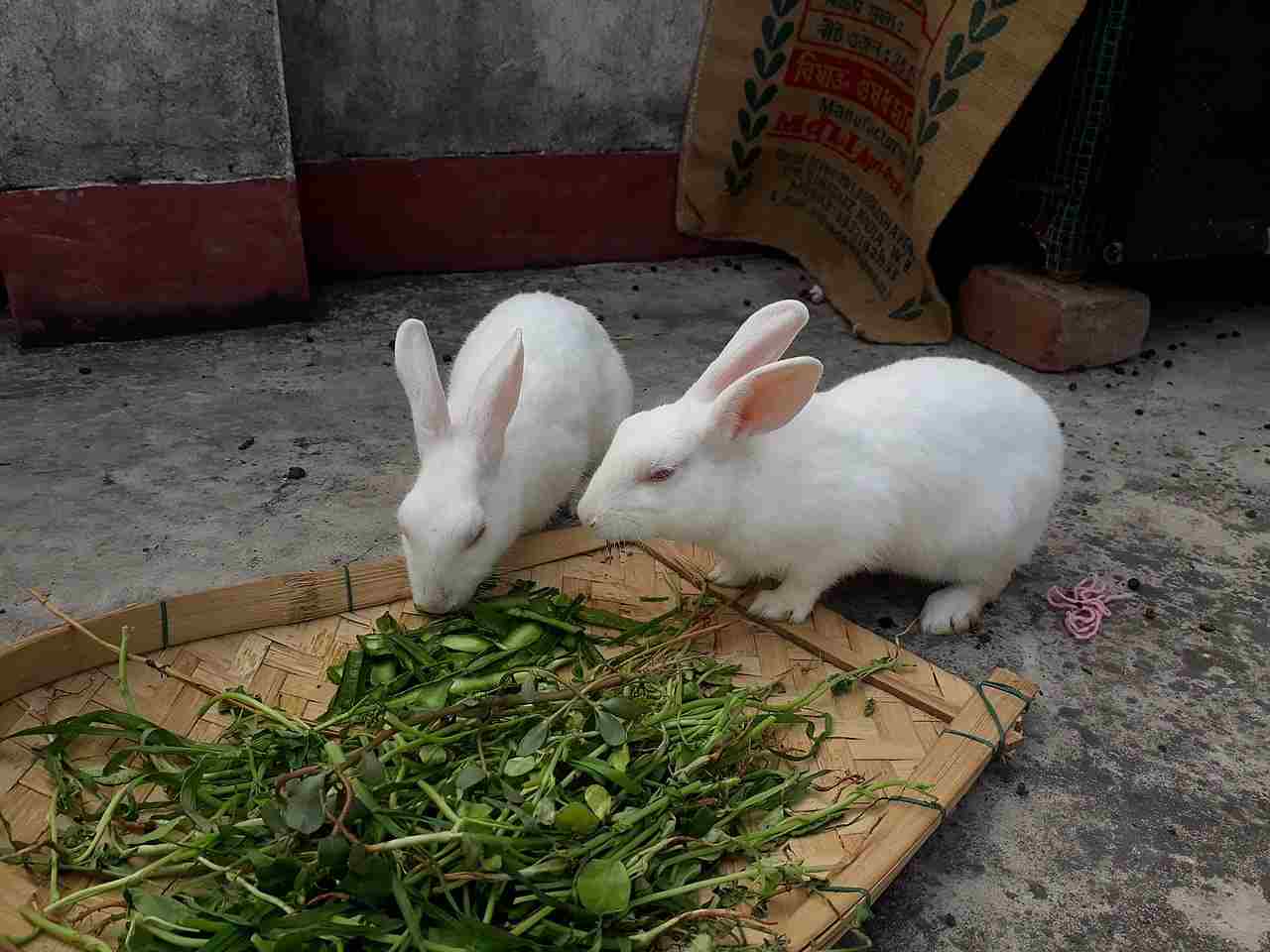
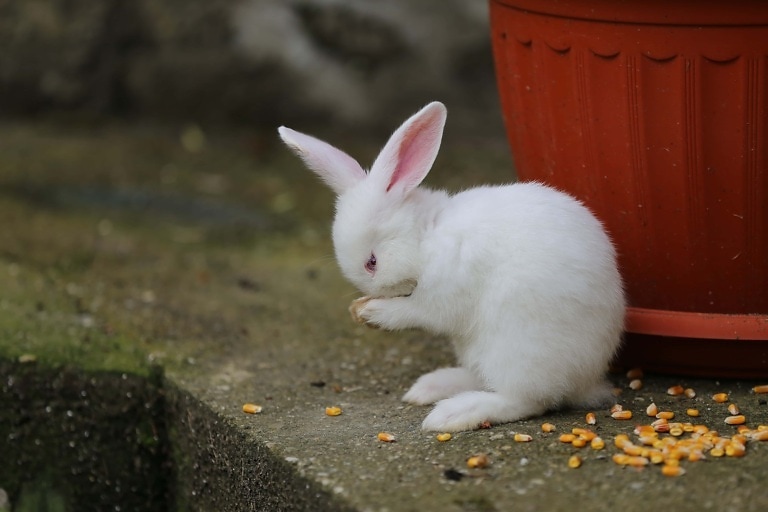
Rabbit:
Herbivorous diet primarily consisting of grass, herbs, and vegetation.
Specialized digestive system to extract nutrients from fibrous plant material.
Bunny:
Initially relies on the mother’s milk during the bunny stage, transitioning to solid food as it grows.
Comparison:
Both rabbits and bunnies follow a herbivorous diet, but the transition occurs during the developmental stages.
Ecological Implications:
Herbivorous feeding influences plant dynamics in ecosystems, affecting vegetation structure and composition.
16. Intelligence:
Rabbit:
Exhibits social intelligence, with the ability to form complex social structures.
Displays problem-solving skills and can learn from experiences.
Bunny:
Limited cognitive abilities during the bunny stage, gradually developing intelligence.
Comparison:
Adult rabbits demonstrate more advanced intelligence compared to bunnies.
Ecological Implications:
Cognitive abilities impact social dynamics, resource utilization, and adaptability within their ecological niche.
17. Social Behavior:
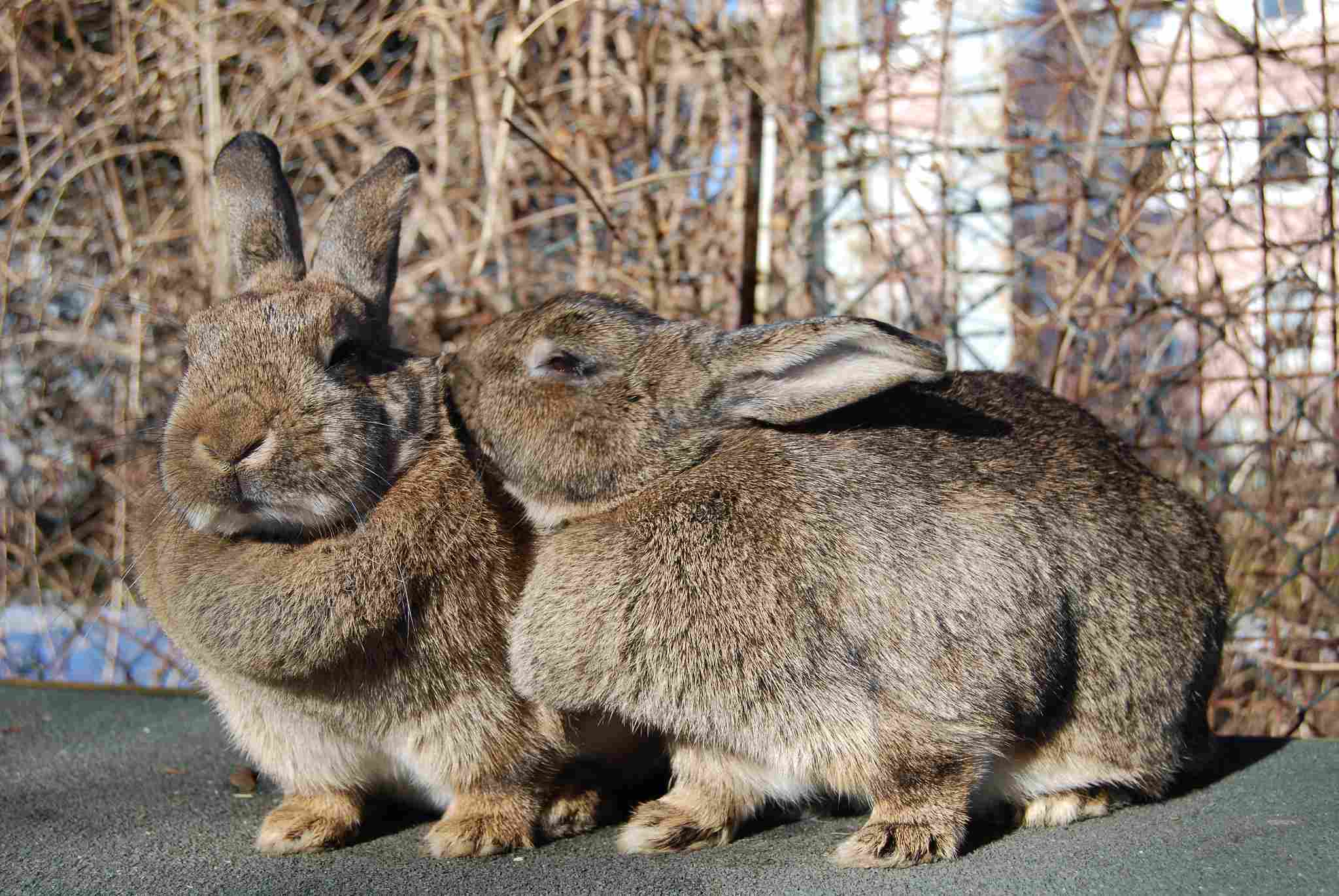
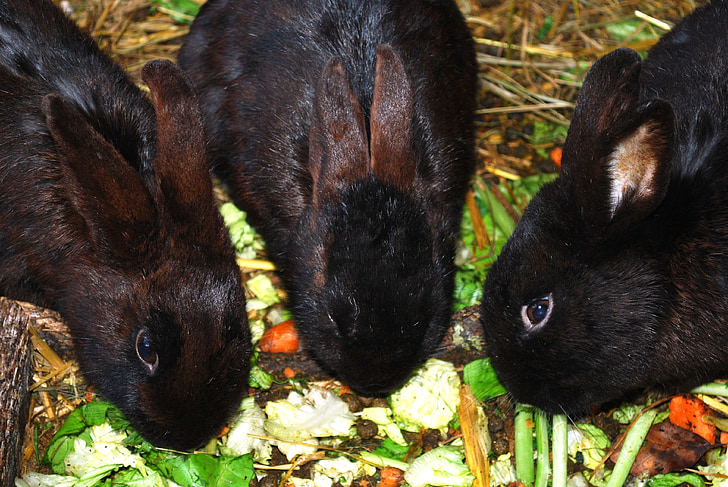
Rabbit:
Social animals that often live in groups called warrens or colonies.
Engage in social grooming, communication through body language, and territorial behaviors.
Bunny:
Initially dependent on the mother for social interactions and protection during the bunny stage.
Comparison:
Adult rabbits exhibit more complex social behaviors compared to the limited interactions of bunnies.
Ecological Implications:
Social behavior influences population structure, resource sharing, and cooperative defense mechanisms within the ecosystem.
18. Mode of Reproduction:
Rabbit:
Exhibits a high reproductive rate, with females capable of producing multiple litters per year.
Typically, a short gestation period with a large number of offspring per litter.
Bunny:
Refers informally to the young stage of rabbits, not a distinct reproductive category.
Comparison:
Reproductive characteristics are primarily associated with adult rabbits, as bunnies are not a separate reproductive category.
Ecological Implications:
High reproductive rates contribute to population dynamics, influencing community structure and resource competition.
19. Parental Behavior:
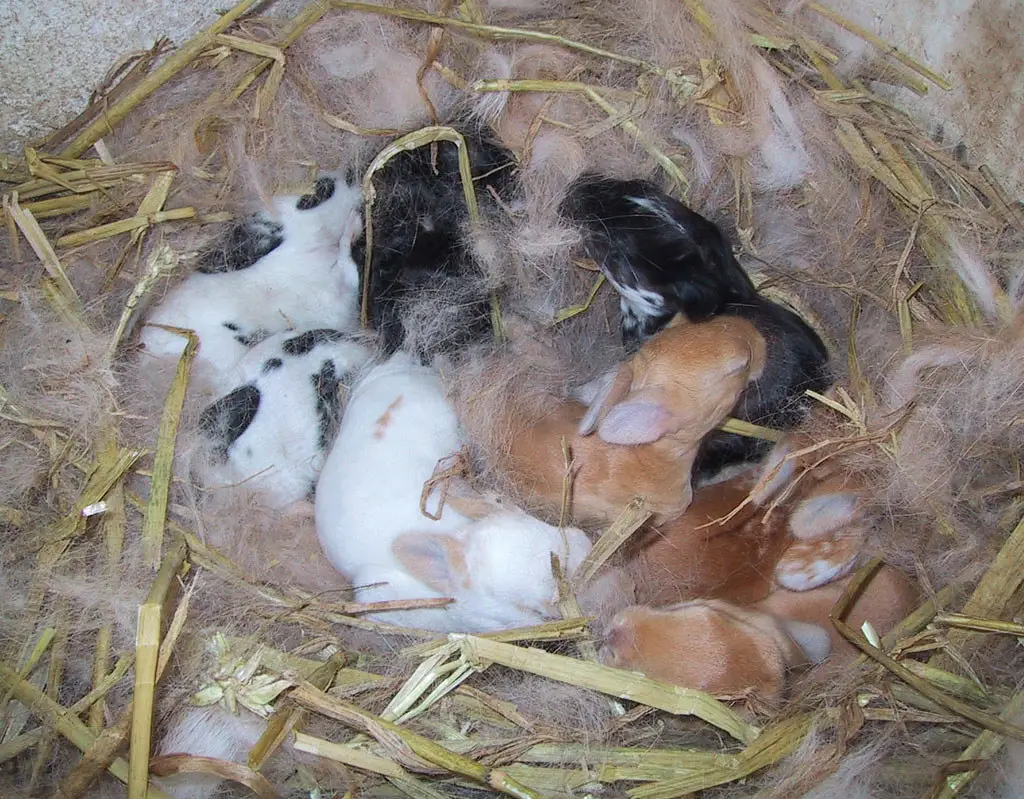
Rabbit:
Females display maternal instincts, creating nests and providing protection for their young.
Limited paternal involvement; males may contribute to territorial defense.
Bunny:
Initially entirely dependent on the mother for protection and nourishment.
Comparison:
Parental behavior is primarily exhibited by adult rabbits, especially females.
Ecological Implications:
Parental care influences offspring survival rates, contributing to population stability.
20. Proximity to Human-Inhabited Areas:
Rabbit:
Can adapt to urban environments and human-altered landscapes.
May inhabit gardens, parks, and agricultural areas.
Bunny:
Initially concealed in nests, bunnies become more visible as they explore, potentially bringing them into human proximity.
Comparison:
Both rabbits and bunnies can be found in areas close to human habitation.
Ecological Implications:
Human proximity may influence resource availability, predation risks, and disease exposure for rabbits and bunnies.
21. Behavior Toward Humans:

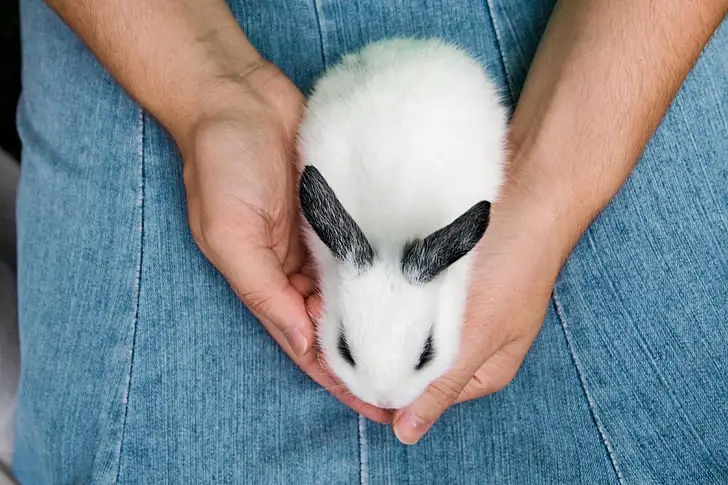
Rabbit:
May exhibit a range of behaviors, including avoidance, curiosity, or adaptation to human presence.
Can become domesticated and kept as pets.
Bunny:
Young rabbits may show curiosity but often stay close to their mother for protection.
Comparison:
Adult rabbits, especially domesticated ones, may have a more diverse range of behaviors toward humans compared to the more guarded behavior of bunnies.
Ecological Implications:
Interactions with humans can impact the behavior and survival of rabbits, influencing their role in both natural and domesticated environments.
22. Danger Posed to Humans:
Rabbit:
Generally poses no direct danger to humans; they are more likely to flee than confront.
In some cases, rabbits may carry diseases that can be transmitted to humans, but direct physical harm is rare.
Bunny:
During the bunny stage, they are not dangerous to humans; they rely on the mother for protection.
Comparison:
Both rabbits and bunnies are not considered dangerous to humans, with the adult rabbit more likely to flee than the vulnerable bunny.
Ecological Implications:
Low danger to humans allows for coexistence and observation, contributing to public awareness of wildlife.
23. Associated Precautions:
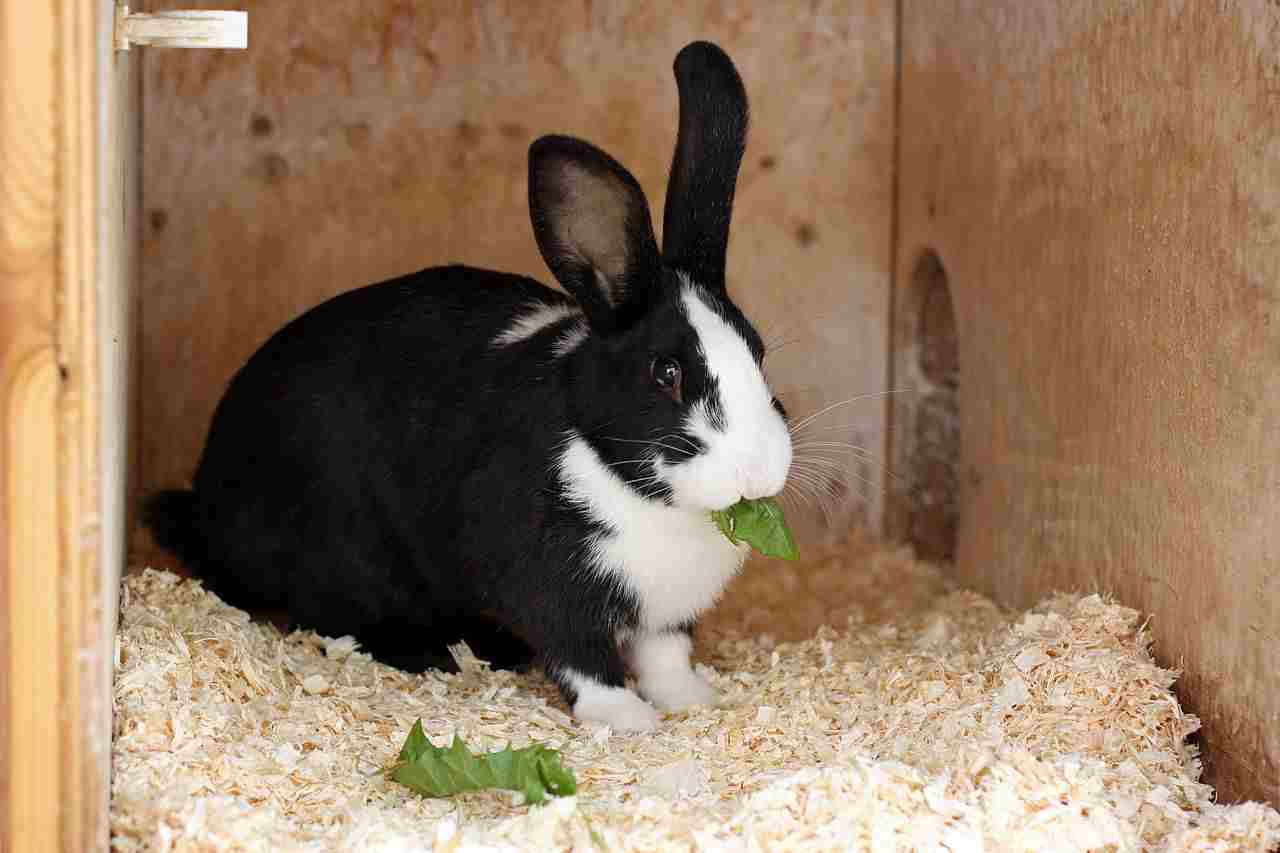
Rabbit:
Generally, no special precautions are required for encounters, but avoiding direct contact is advisable.
Be aware of potential zoonotic diseases if handling wild rabbits.
Bunny:
Precautions are more relevant during encounters with adult rabbits, especially if they feel threatened.
Comparison:
Similar precautions apply to both rabbits and bunnies, with additional care needed when dealing with adult rabbits.
Ecological Implications:
Awareness of precautions fosters responsible interaction, promoting the well-being of both humans and wildlife.
24. Conservation Status:
Rabbit:
Conservation status varies by species; some are considered pests in certain regions, while others may face threats due to habitat loss or hunting.
Many rabbit species are not globally endangered, but local populations may be at risk.
Bunny:
Conservation status is not separately assessed as bunnies are not a distinct category.
Comparison:
Conservation considerations are mainly applied to specific rabbit species rather than the developmental stage of bunnies.
Ecological Implications:
Conservation efforts focus on maintaining healthy rabbit populations, recognizing their roles in ecosystems.
*Summary of Comparison
Appearance:
Rabbits: Streamlined body, longer ears, variable fur coloration.
Bunnies: Compact and cute with larger eyes and ears, softer fur during the young stage.
Size:
Rabbits: Varying adult sizes, 8 to over 20 inches excluding tail.
Bunnies: Considerably smaller during the young stage, a few inches to around 8 inches.
Weight:
Rabbits: Adult weights vary, e.g., European rabbits 2-5 pounds.
Bunnies: Significantly lighter during the young stage, often measured in ounces.
Dentition and Bite Force (PSI):
Rabbits: Herbivorous with specialized incisors, adapted for cutting vegetation.
Bunnies: Develop herbivorous dentition during the bunny stage.
Physical Offensive Advantages:
Rabbits: Sharp claws, strong hind legs, potential for territorial aggression.
Bunnies: Limited physical offensive capabilities due to small size.
Physical Defensive Advantages:
Rabbits: Quick and agile, enhanced sense of hearing.
Bunnies: Relies on mother and concealed nests for defense during the young stage.
Speed:
Rabbits: Up to 35 mph in short bursts.
Bunnies: Limited mobility during the bunny stage.
Agility:
Rabbits: Extremely agile with swift jumps.
Bunnies: Develops agility during play in the bunny stage.
Senses:
Rabbits: Excellent hearing, well-developed eyesight, limited sense of smell.
Bunnies: Senses still developing during the bunny stage.
Overall Physical Capacity:
Rabbits: Well-adapted for swift movement, specialized for herbivorous feeding.
Bunnies: Physically less developed, limited mobility.
Habitat Preference(s) and Geographic Region:
Rabbits: Diverse habitats, global distribution by species.
Bunnies: Initially concealed in nests in various habitats.
Tracks:
Rabbits: Distinctive tracks with large hind and smaller front footprints.
Bunnies: Smaller and less pronounced tracks.
Lifespan:
Rabbits: Average lifespan 1 to 10 years.
Bunnies: Vulnerable during the young stage, higher mortality rates.
Mode of Feeding:
Rabbits: Herbivorous diet, specialized digestive system.
Bunnies: Initially reliant on mother’s milk.
Intelligence:
Rabbits: Social intelligence, problem-solving skills.
Bunnies: Limited cognitive abilities during the bunny stage.
Social Behavior:
Rabbits: Social animals, live in groups, exhibit grooming and territorial behaviors.
Bunnies: Initially dependent on the mother for social interactions.
Mode of Reproduction:
Rabbits: High reproductive rate, short gestation, multiple litters per year.
Bunnies: Refers to the young stage, not a distinct reproductive category.
Parental Behavior:
Rabbits: Maternal instincts, limited paternal involvement.
Bunnies: Dependent on the mother for protection and nourishment.
Proximity to Human-Inhabited Areas:
Rabbits: Can adapt to urban environments.
Bunnies: Initially concealed, later may be found in areas close to humans.
Behavior Toward Humans:
Rabbits: Range from avoidance to domestication.
Bunnies: Curiosity, dependence on the mother for protection.
Danger Posed to Humans:
Rabbits: Generally pose no direct danger, may carry diseases.
Bunnies: Not dangerous, rely on the mother for protection.
Associated Precautions:
Rabbits: No special precautions, avoid direct contact.
Bunnies: Precautions apply, especially during encounters with adult rabbits.
Conservation Status:
Rabbits: Varies by species, influenced by habitat loss or hunting.
Bunnies: Not separately assessed, conservation considerations mainly for adult rabbits.
Conclusion
I. Similarities:
Both rabbits and bunnies share a common taxonomy and ecological roles.
Both exhibit adaptability to various habitats, herbivorous feeding, and a generally low danger to humans.
II. Differences:
Adult rabbits and bunnies differ significantly in size, lifespan, intelligence, and social behavior.
Conservation considerations are primarily relevant to specific rabbit species, with bunnies not assessed separately.
